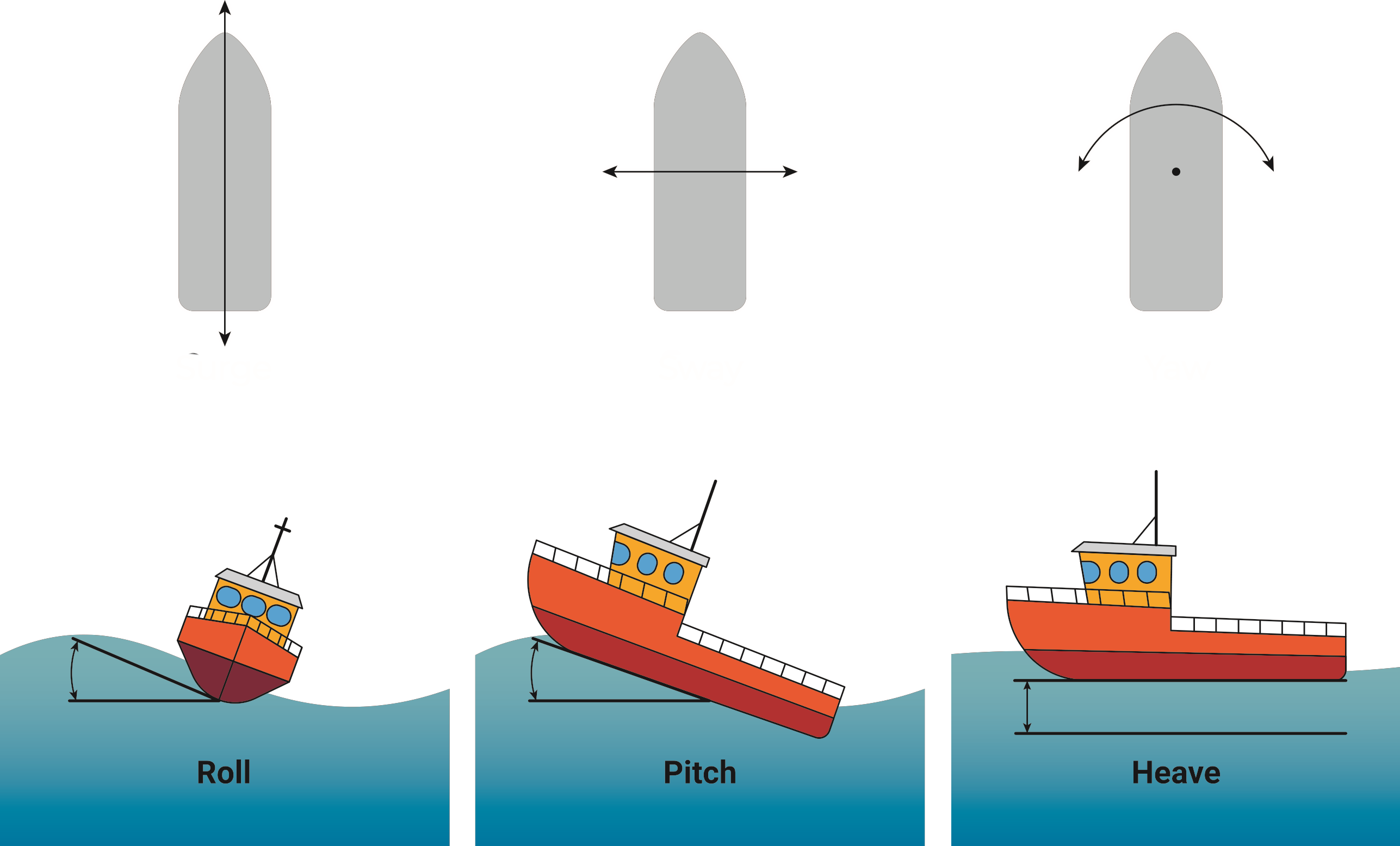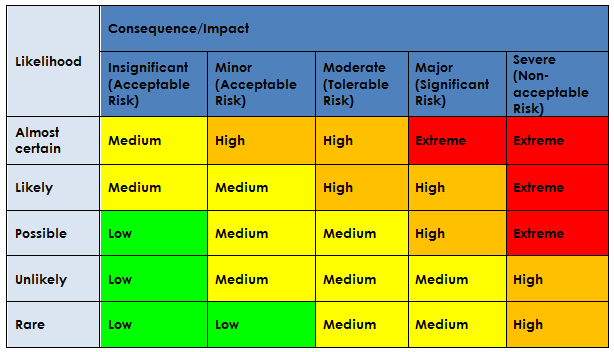
DP class of a vessel is determined by its Redundancy, i.e. to what extent the system is reliable to continue DP operation in case of a failure any of its component. However, the primary meaning of the term redundancy is the duplication of components or superfluity.
MSC.1/Circ.1580
It is referred to the ability of the system to maintain working condition or restore it in case of a Single Failure. A lot of things in the DP system are connected to the term Single Failure (a single breakdown or malfunction): when a single unit fails but the rest continue to function or there is a failure due to negligence or lack of attention. Worst-Case Failure means that due to a single failure or negligence the greatest number of the system components fails. The worst-case failure is determined for each individual vessel, e.g. if a breakdown of one thruster is a single failure on some vessels, then a closed valve from one service tank, feeding two of the four diesel generators and the main engine, is the worst-case failure for the other.
It has already been mentioned that DP class of the vessel is determined by its redundancy, and required redundancy is set by the level of consequences followed after the loss of ability to keep position. The worse consequences are, the more reliable DP system shall be. According to this principle, there are three DP classes:
.1 For equipment class 1, a loss of position and/or heading may occur in the event of a single fault.
.2 For equipment class 2, a loss of position and/or heading will not occur in the event of a single fault in any active component or system. Common static components may be accepted in systems which will not immediately affect position keeping capabilities upon failure (e.g. ventilation and seawater systems not directly cooling running machinery). Normally such static components will not be considered to fail where adequate protection from damage is demonstrated to the satisfaction of the Administration. Single failure criteria include, but are not limited to:
.1 any active component or system (generators, thrusters, switchboards, communication networks, remote-controlled valves, etc.); and
.2 any normally static component (cables, pipes, manual valves, etc.) that may immediately affect position keeping capabilities upon failure or is not properly documented with respect to protection.
.3 For equipment class 3, a loss of position and/or heading will not occur in the event of a single fault or failure. A single failure includes:
.1 items listed above for class 2, and any normally static component assumed to fail;
.2 all components in any one watertight compartment, from fire or flooding; and
.3 all components in any one fire sub-division, from fire or flooding.
MSC.1/Circ.1580
DP class 1 system is expected nothing from. Vessel of such a class is able to maintain her position, but in case of a single failure may lose this ability. There is one console, one controller and such a set of thrusters, with which the system is unable to maintain position of the vessel if one of them fails.
In DP class 2 system there is a duplication of components and position loss shall not take place in case of a single failure. The power system shall be divided into two buses in such a way, that an overload or a short circuit on one bus is unable to affect the function of another. There are two consoles, two controllers, duplication of sensors and two DP operators (DPO). The worst-case failure (WCF) for DP class 2 system is defined as the one, when the vessel loses most of her generators and/or thrusters but continues to maintain her position. The case with the closed valve from the fuel oil service tank is a real WCF on an azimuth vessel with two bow tunnel thrusters, where the vessel loses one azimuth and one bow tunnel thruster, i.e. half of the propulsion system, and is still capable of maintaining her position. It is obvious, that in this case the consequences are the same for closing this valve or leakage on the fuel supply line from one of the tanks. It belongs to Static Components, and that is why there are at least two service tanks on board.
DP class 3 system is far more reliable – in addition to the reliability of DP class 2 system, it includes fire and flooding resistance of one compartment, as shown in Figure 4. It is achieved by installing components in a separate compartment. Thus, in case of a fire in one space, it will not affect operation of the component in other compartment (A.60 class division). When DP class 3 system components are located below waterline, it usually relates to the Power, the separation shall be watertight as well.
As it can be seen from the above, redundancy and the DP class are closely connected. DP class is determined by the levels of redundancy: the greater number of duplicated components the system has, the higher class is. The component duplication, i.e. redundancy, allows to prevent loss of position and/or heading in case of malfunction of any system component. In other words, the vessel will continue maintaining her position and heading during DP operation in case of a Single Point failure.
DP Classes (Classes of Dynamic Positioning)
- Tags:
- DP



